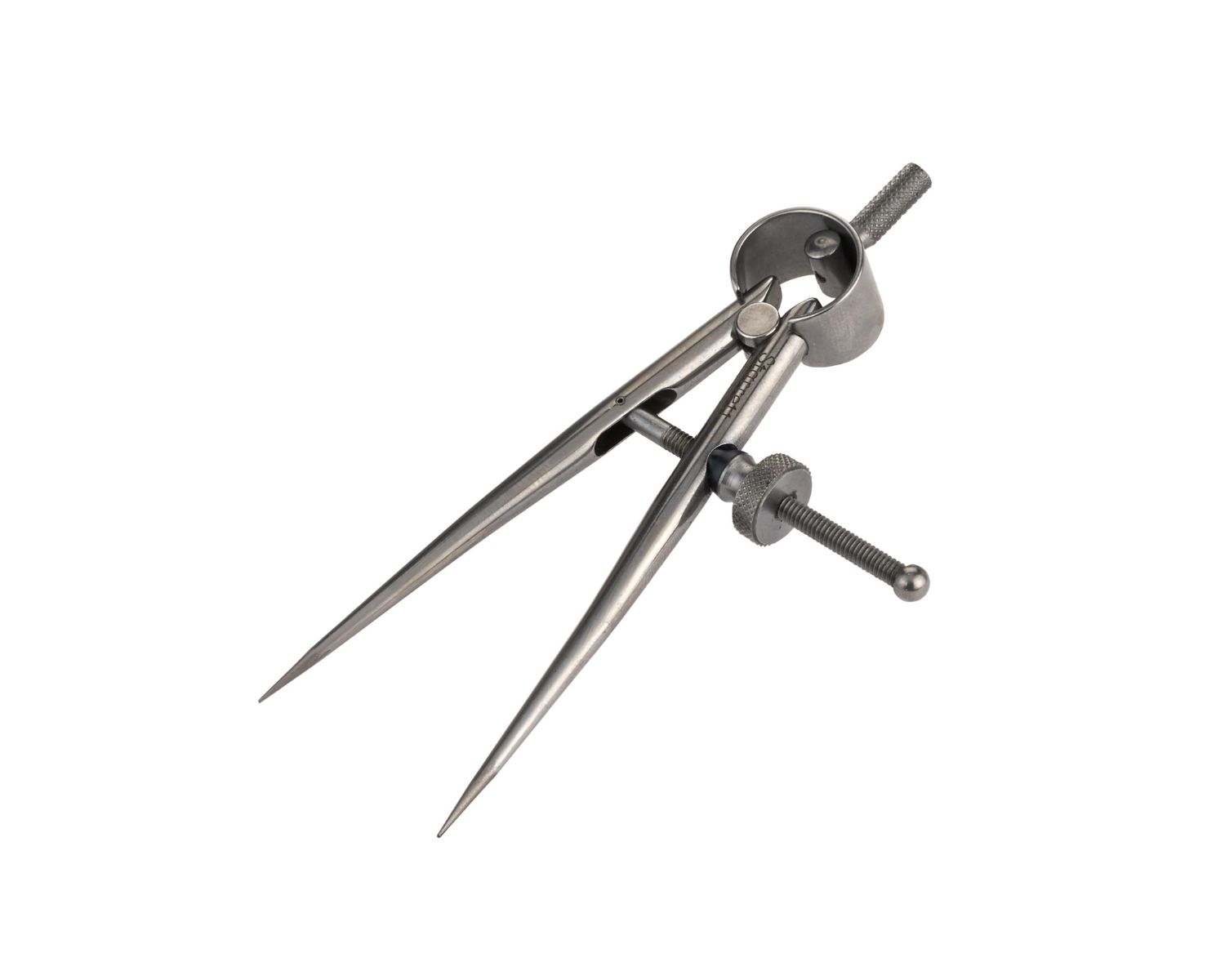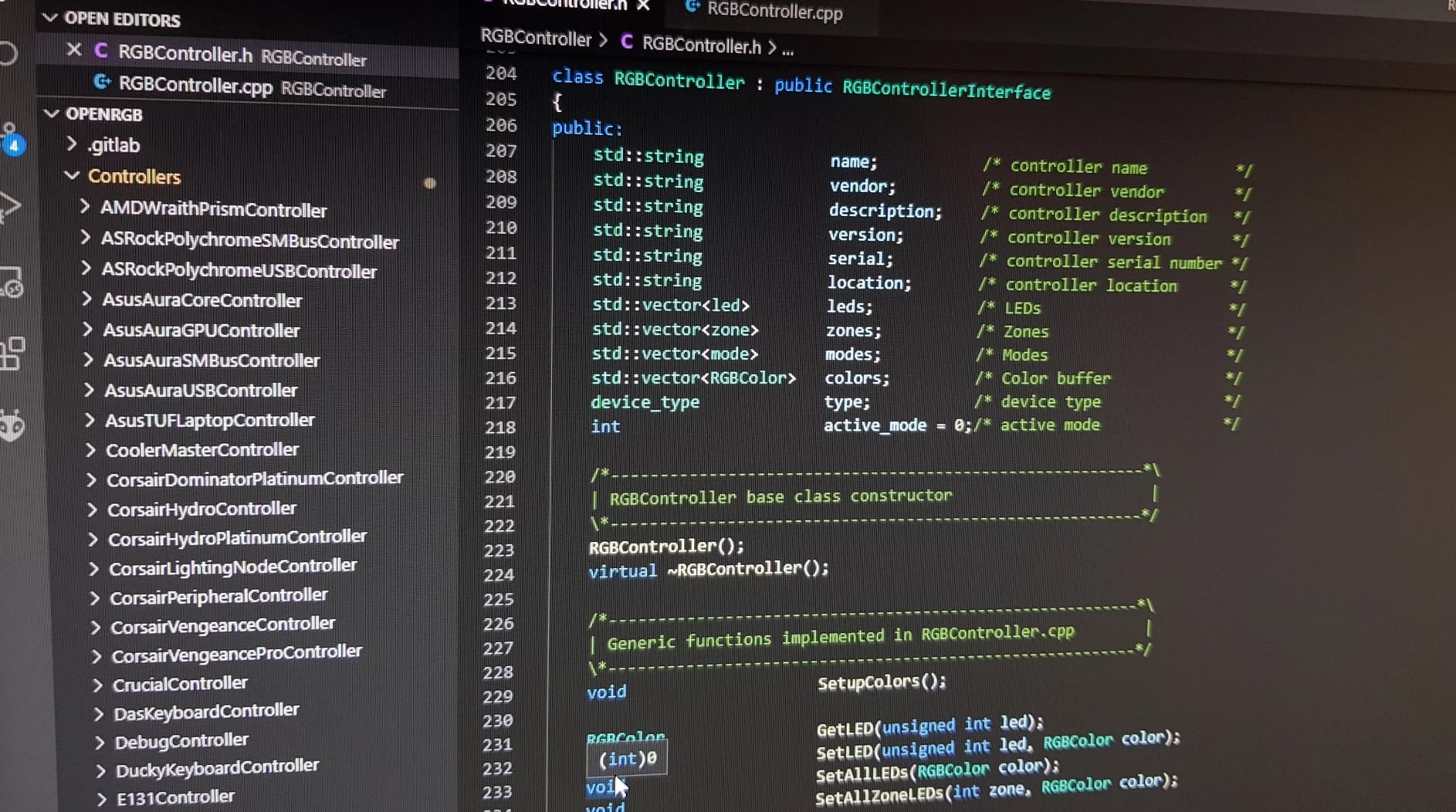
Dividers are fascinating tools that have been used for centuries to separate, measure, and mark various objects and spaces. These versatile instruments are commonly used in a wide range of fields, including architecture, engineering, art, and mathematics. While dividers may seem like simple devices, they hold a myriad of intriguing facts and features that make them truly enigmatic.
In this article, we will explore 16 captivating facts about dividers that shed light on their history, functionality, and unique characteristics. From the ancient origins of dividers to their modern-day applications, we will delve into the diverse aspects of this indispensable tool. So, buckle up and prepare to be amazed by the fascinating world of dividers.
Key Takeaways:
- Dividers have a rich history and are used in math, art, engineering, and more. They help create precise measurements and have symbolic meanings, making them a timeless and versatile tool.
- From ancient civilizations to modern-day industries, dividers have evolved to meet the changing demands of different fields. They remain essential for achieving accuracy and excellence in measurement, design, and artistry.
The Origins of Dividers
Dividers have a rich history that dates back centuries. They were originally used by ancient civilizations for various purposes, such as navigation, measurement, and artistry. The early Egyptians and Greeks were known to have employed dividers in their architectural and artistic endeavors, showcasing the versatility and importance of this simple yet remarkable tool.
Dividers in Mathematics
Dividers are an indispensable tool in the field of mathematics. They allow students and professionals to accurately measure and divide lines, angles, and shapes. The precision and efficiency provided by dividers are crucial in the study of geometry, trigonometry, and other mathematical disciplines.
Dividers in Engineering
Engineers heavily rely on dividers in their work. These versatile tools help engineers create accurate technical drawings, plot dimensions, and calculate distances. Dividers enable engineers to achieve precision in their designs and ensure that their creations meet the required specifications.
Dividers in Art
Dividers have long been utilized by artists as an essential tool for creating proportionate and symmetrical artwork. Artists use dividers to measure distances and transfer ratios, allowing them to accurately scale their compositions. From Renaissance painters to modern-day artists, dividers have played a vital role in the creation of visually stunning masterpieces.
Dividers in Navigation
Dividers have aided mariners in navigation for centuries. By using dividers to measure distances on maps or nautical charts, sailors can accurately plot their course and determine their position at sea. Dividers have been instrumental in ensuring safe and successful sea voyages throughout history.
The Types of Dividers
Dividers come in various forms to cater to different needs. Some common types include spring dividers, wing dividers, and pencil compasses. Each type offers specific features and functionalities, making them suitable for various applications in different fields.
Dividers as Precision Instruments
Dividers are known for their precision and accuracy. The adjustability of the legs allows for precise measurements and divisions, making them indispensable for tasks that demand exactness. Whether in sciences, crafts, or engineering, dividers are valued for their ability to provide consistent and accurate results.
Dividers in Geometry Construction
Dividers play a crucial role in geometric constructions. They are used to create circles, bisect angles, and divide lines into equal parts. Dividers provide the necessary tools for constructing intricate geometric shapes and figures accurately.
Dividers in Metalworking
Dividers are extensively used in metalworking industries. Metalworkers employ dividers to scribe lines and measure dimensions on metal surfaces. Dividers enable precise marking, ensuring that the metalwork is executed with accuracy and attention to detail.
The Symbolic Meaning of Dividers
Dividers have also acquired symbolic meanings throughout history. They represent precision, balance, and harmony, reflecting their role in achieving accurate measurements. Dividers are often associated with the pursuit of knowledge, precision craftsmanship, and the quest for excellence.
Dividers in Education
Dividers are an essential tool in educational settings. Students use them in various disciplines, such as math, science, and art, to enhance their understanding and practical skills. Dividers aid in building a solid foundation in subjects that require precise measurements and calculations.
Dividers in Calligraphy
Calligraphers utilize dividers to create consistent lettering and spacing. Dividers are used to measure the width of letters, ensuring uniformity in calligraphic scripts. These tools help calligraphers achieve elegance and balance in their artistic compositions.
Dividers in Architecture
Dividers have been integral to architecture since ancient times. Architects use them to calculate proportions, create scaled drawings, and establish symmetry in buildings and structures. The precision offered by dividers ensures that architectural designs are aesthetically pleasing and structurally sound.
Dividers in Sculpture
Dividers find application in sculpture as well. Sculptors use dividers to measure proportions, transfer measurements, and scale their models accurately. Dividers aid sculptors in achieving the desired dimensions and ensuring the harmony of their three-dimensional creations.
The Evolution of Dividers
Over time, dividers have undergone improvements in design and functionality. From the ancient handheld dividers to modern digital measuring tools, dividers have adapted to meet the changing demands of different industries. The evolution of dividers reflects the constant quest for more accurate and efficient measurement techniques.
Dividers: A Timeless Tool
Despite advancements in technology, dividers remain a timeless tool that continues to be utilized across various disciplines. The versatility, precision, and symbolic significance of dividers make them an indispensable instrument for those seeking excellence in measurement, design, and artistry.
Conclusion
In conclusion, dividers are fascinating objects that serve a wide range of purposes. From their practical uses in architecture and interior design to their symbolic significance in various cultures, dividers have captured our imagination for centuries. Whether used to create privacy, organize space, or express artistic expression, dividers have a way of captivating our attention and enhancing our surroundings.The enigmatic nature of dividers lies in their ability to simultaneously separate and connect, creating a sense of intrigue and mystery. As we delve deeper into the world of dividers, we uncover their rich history, diverse forms, and innovative designs. From simple room partitions to intricate folding screens, dividers continue to evolve and adapt to our changing needs and preferences.Whether we admire the craftsmanship of a handmade divider or appreciate the functionality of a modern partition system, dividers remind us of the importance of balance and harmony in our physical and mental spaces. So next time you encounter a divider, take a moment to appreciate its beauty and the stories it holds within its panels.
FAQs
Q: What are some common types of dividers?
A: Common types of dividers include room partitions, screens, folding screens, curtains, and bookshelves.
Q: What materials are used to make dividers?
A: Dividers can be made from various materials such as wood, metal, glass, fabric, and even plants.
Q: Are dividers only used for privacy?
A: No, dividers serve multiple purposes, including creating defined spaces, enhancing aesthetics, and adding functionality to a room.
Q: Can dividers be customized to fit specific needs?
A: Yes, many dividers can be customized in terms of size, shape, color, and design to meet individual preferences and requirements.
Q: Are dividers limited to interior spaces?
A: Dividers can be used both indoors and outdoors, depending on their design and materials. They can serve as partitions in gardens or verandas, creating separate areas in outdoor spaces.
Q: How can dividers contribute to interior design?
A: Dividers can add depth, texture, and visual interest to a space. They can also be used to create focal points or highlight specific areas within a room.
Q: Are decorative dividers primarily used for aesthetic purposes?
A: While decorative dividers do enhance the visual appeal of a space, they can also serve functional purposes such as blocking light, redirecting airflow, or providing acoustic insulation.
Q: Can dividers be used in open-plan spaces?
A: Yes, dividers are often employed in open-plan spaces to create separate areas while maintaining a sense of openness and flexibility.
Dividers' enigmatic nature spans various fields, from mathematics to art. Their precision and versatility make them essential tools for professionals and enthusiasts alike. Exploring dividers' origins, types, and symbolic meanings reveals their timeless significance. Beyond this fascinating tool, delve into the intriguing world of geographical divides. Unravel the mysteries of the Eastern Continental Divide, watershed divides' astonishing facts, and continental divides' captivating secrets. Each topic offers a unique perspective on the concept of division, promising to expand your knowledge and appreciation for these natural and man-made wonders.
Was this page helpful?
Our commitment to delivering trustworthy and engaging content is at the heart of what we do. Each fact on our site is contributed by real users like you, bringing a wealth of diverse insights and information. To ensure the highest standards of accuracy and reliability, our dedicated editors meticulously review each submission. This process guarantees that the facts we share are not only fascinating but also credible. Trust in our commitment to quality and authenticity as you explore and learn with us.


